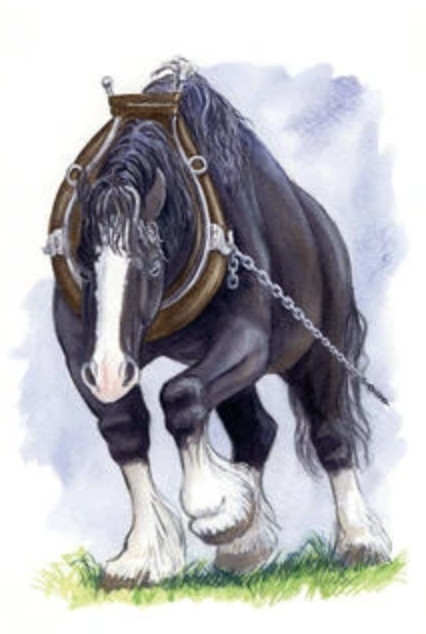Preparing text for modeling
Introduction to Natural Language Processing in R

Kasey Jones
Research Data Scientist
Supervised learning in R: classification
Classification modeling
- supervised learning approach
- classifies observations into categories
- win/loss
- dangerous, friendly, or indifferent
- can use a number of different techniques:
- logistic regression
- decision trees/random forest/xgboost
- neural networks
- etc.
Modeling basics steps
- Clean/prepare data
- Create training and testing datasets
- Train a model on the training dataset
- Report accuracy on the testing dataset
Character recognition
Napoloeon

Boxer

1 https://comicvine.gamespot.com/napoleon/4005-141035/ 2 https://hero.fandom.com/wiki/Boxer_(Animal_Farm)
Animal sentences
# Make sentences
sentences <- animal_farm %>%
unnest_tokens(output = "sentence", token = "sentences", input = text_column)
# Label sentences by animal
sentences$boxer <- grepl('boxer', sentences$sentence)
sentences$napoleon <- grepl('napoleon', sentences$sentence)
# Replace the animal name
sentences$sentence <- gsub("boxer", "animal X", sentences$sentence)
sentences$sentence <- gsub("napoleon", "animal X", sentences$sentence)
animal_sentences <- sentences[sentences$boxer + sentences$napoleon == 1, ]
Sentences continued
animal_sentences$Name <-
as.factor(ifelse(animal_sentences$boxer, "boxer", "napoleon"))
# 75 of each
animal_sentences <-
rbind(animal_sentences[animal_sentences$Name == "boxer", ][c(1:75), ],
animal_sentences[animal_sentences$Name == "napoleon", ][c(1:75), ])
animal_sentences$sentence_id <- c(1:dim(animal_sentences)[1])
Prepare the data
library(tm); library(tidytext)
library(dplyr); library(SnowballC)
animal_tokens <- animal_sentences %>%
unnest_tokens(output = "word", token = "words", input = sentence) %>%
anti_join(stop_words) %>%
mutate(word = wordStem(word))
Preparation continued
animal_matrix <- animal_tokens %>%
count(sentence_id, word) %>%
cast_dtm(document = sentence_id, term = word,
value = n, weighting = tm::weightTfIdf)
animal_matrix
<<DocumentTermMatrix (documents: 150, terms: 694)>>
Non-/sparse entries: 1235/102865
Sparsity : 99%
Maximal term length: 17
Weighting : term frequency - inverse document frequency
Remove sparse terms
- Non-empty (1,235) + empty (102,865)
- Matrix dimensions 150 * 694
- Sparsity: 102,865 / 104,100 (99%)
Solution: removeSparseTerms()
How sparse is too sparse?
removeSparseTerms(animal_matrix, sparse = .90)
<<DocumentTermMatrix (documents: 150, terms: 4)>>
Non-/sparse entries: 207/393
Sparsity : 66%
removeSparseTerms(animal_matrix, sparse = .99)
removeSparseTerms(animal_matrix, sparse = .99)
<<DocumentTermMatrix (documents: 150, terms: 172)>>
Non-/sparse entries: 713/25087
Sparsity : 97%
Let's practice!
Introduction to Natural Language Processing in R

